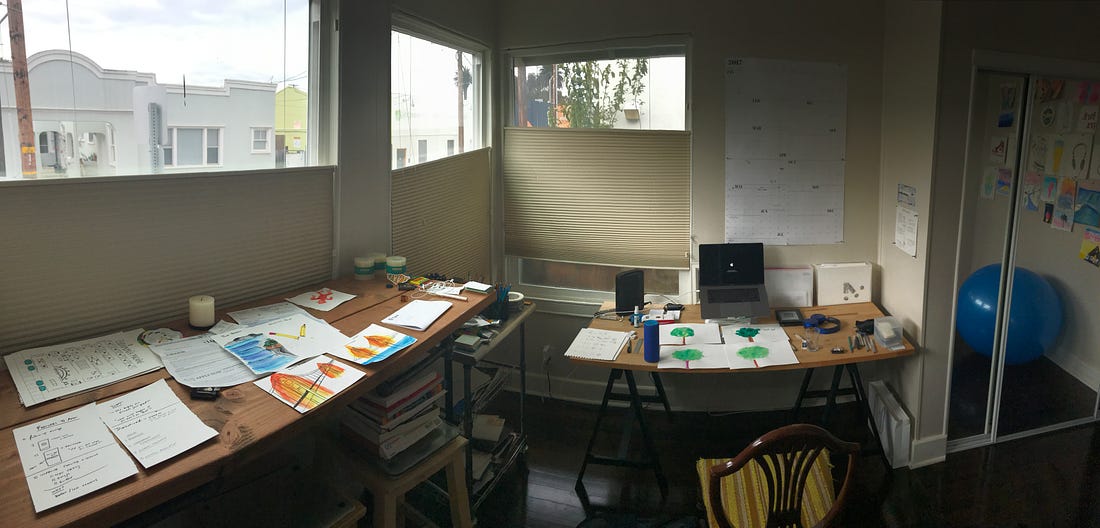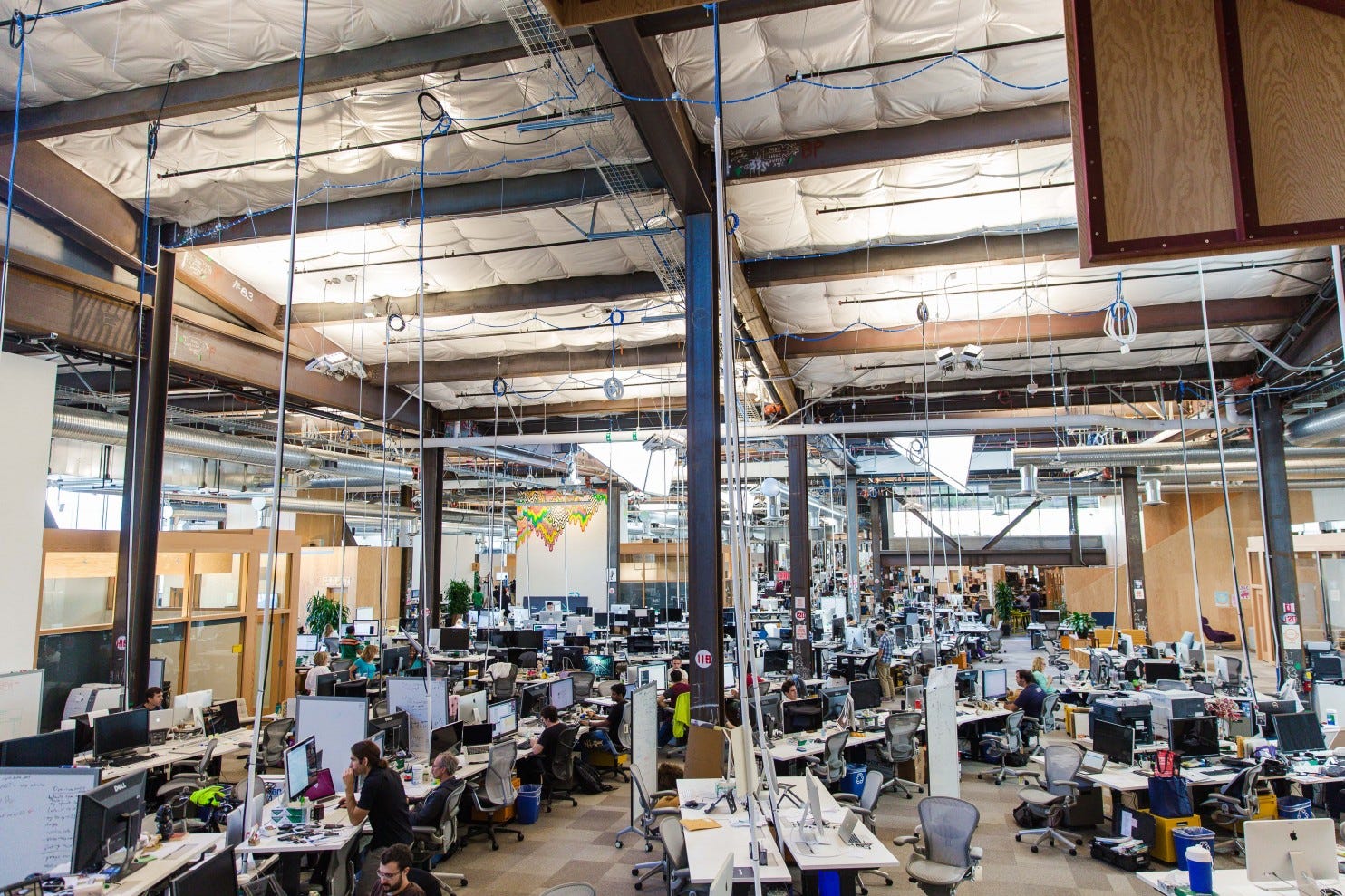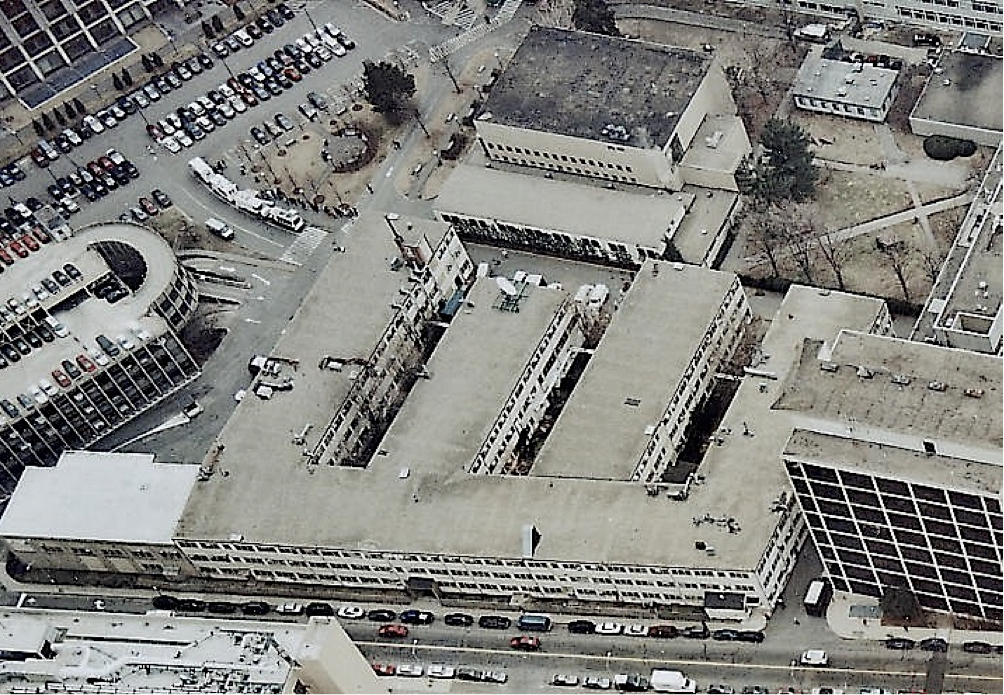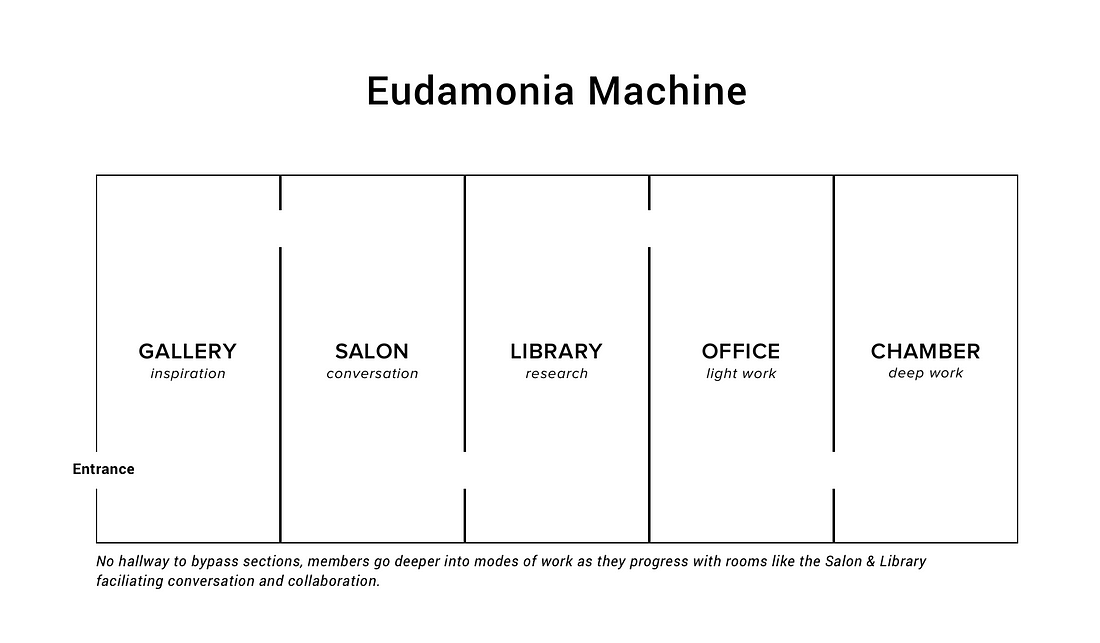You are working in the wrong place (if you have an open office)
What is physical space?
At the last work, all the best I did at home. I actively tried to avoid the office as much as possible. At home I have two tables and full control over the environment. The alternative is distraction and interference.

My home office is a performance fortress
When I went to the office, the environment changed. Everything was constantly distracting here: other employees, barking dogs (I’m noting: small dogs don't count), improvised meetings and birthday parties. It was very difficult to go into a state of flow and it is incredibly easy to get out of it. Among all the places I could work at, an office table was probably the worst option.
')
When I am in a crowded space, my thoughts are full too. I feel overwhelmed by incentives and the inability to avoid them. For comparison, when there is space (mental and physical), I am able to sort out and understand my thoughts and mental background. The quality of thinking increases significantly.
I realized that I hate open offices.
Takeoff open offices
"We encourage people to stay in open space because we believe in the ability to make unexpected discoveries - and that people will go to each other and teach new things." (Jack Dorsey - Deep Work , p. 49)
In theory, it sounds great. If everyone is in the same office, you increase the synergy that you can dynamically optimize. Marketing and design departments are close to small innovative projects, engineers and product managers can promptly ask questions and report bugs, and all communication in the company takes place in a natural way.
Now open plan is used in 80% of offices . Traditional companies switched to it to stimulate creativity and innovation in the offices, as well as cool startups.
That makes sense, right? But only one big problem arises:
Open offices do not work.
Before continuing, I want to say that I am also part of the “problem” of open offices. I am an extrovert, and when there is a choice, to go deep into a serious, difficult problem or discuss it with colleagues, I too often chose the second option. But here I am not alone .
Employees in open offices suffer in almost all indicators . One study in an oil and gas company in 1997 showed:
“Psychologists appreciated the satisfaction of workers with their surroundings, as well as the level of stress, labor productivity and interpersonal relationships before going to an open office, four weeks after the switch and, finally, six months later. Employees suffered in all respects: the new office had a devastating effect, it caused stress and became burdensome for them. Instead of getting closer to each other, their colleagues felt disconnected, discontented and offended. Performance has fallen. ”
If you compare productivity with regular offices, then in open offices, workers are confronted with more uncontrolled interactions, greater levels of stress, low concentration and motivation. The study also showed that open offices often cause antisocial behavior .

Facebook's open office lacks a sense of privacy.
Although the authors of previous studies concluded that a joint workspace can improve social support, communication and cooperation, our results showed the lowest quality of friendship between colleagues in the plans of offices such as “hot tables” and open planning, compared to the plans of employees had their own offices or they shared them with just one or two colleagues.
The inevitable noise of an open office is called a serious hindrance to productive concentration. Physical barriers also give a feeling of privacy - and it is well known that this feeling in the office contributes to the growth of labor productivity .
Open offices are poor structure. This is a failure from the point of view of psychology no less than from the point of view of design. To understand the reasons for the high popularity of open offices, one needs to understand the underlying psychology and the rationale for using them. The most typical arguments of supporters of such offices are set forth below:
Spontaneous creativity instead of concentration
- Argument : Placing people in one big office naturally increases the incidence of spontaneous collaboration and creativity.
- Counter argument : How often do such unexpected discoveries occur in reality? And even if they do, does the structure of your company really allow you to use them effectively? You optimize the structure for the long tail of rare events due to what each employee really benefits from - concentration .
Employment leads to productivity *
- Argument : When everyone is in the same room, people are motivated to work, because everyone else can see what they are doing.
- Counter Argument : This is a terrible way to evaluate performance. The manager appreciates the physical location of his employees, because he does not have the opportunity to assess their actual performance. If you value the value of someone based on how busy he is, well, good luck.
* Taken from Cal Newport's Deep Work
Cost effectiveness
- Argument : We save money because we don’t need to have our own office for each employee.
- Counterargument : Cool, you intend to spend a huge pile of money on talented engineers and designers, and then place them in an environment that constantly distracts them. Great plan.
In open offices, employees are aware that they are constantly being watched, whether they are engaged in business or not. It encourages them to look busy and productive.
We look more busy, but efficiency decreases, we take more sick leave, communication and the general level of pleasure from life suffer. This is an unreasonable exchange.
Alternative
We must strive to create more favorable conditions for full-fledged work. Various concepts are offered, among my favorites:
Fan structure (Hub and Spoke)
Potentially the best combination of both systems. The fan structure provides one central entrance to the common space, from where corridors lead to various individual offices.
People have a choice: either work together, or retire to their office. The fan-shaped structure provides large central common spaces and long corridors, which encourages conversation.

MIT Building 20 building, aerial view / All offices and one main entrance
MIT Building 20 is a famous example of a fan structure. This building is famous for the number of innovations that were born within its walls. Some of these innovations are attributed to the unique structure of the building. Corridors and stairs are places for spontaneous creative meetings instead of working places where people sit a meter apart.
Eudamonia Machine (Eudamonia Machine)
Eudamonia is the Greek concept of "a state in which the entire human potential manifests itself . " I learned about the Eudamon Machine (idea of David Dewayne) from Cal Newport 's Deep Work .
The Eudamonia Machine has five types of space, each of which is more and more conducive to concentrated, focused work:
Gallery
The first room where you get from the street, called the gallery . In terms of Dyuveyna here are examples of serious work created inside the building. It is designed to inspire users of the Machine, creating a "culture of healthy stress and pressure from members of its circle."
Salon
The salon was created to “soar between intense curiosity and argumentation.” This is a place for debate, "crowded" and general work on the ideas that you will develop in the Machine. "

A small sketch of how an Eudamonia Machine can be organized.
Library
After the salon you get to the library . This room keeps permanent records of all the works produced in the Machine, as well as books and other resources that were used in the previous work.
Office
The next room is office space . There is a standard conference room with a whiteboard, a few cubic with tables. “The office,” explains Dyuveyn. - designed for low intensity activity. "
Ward
“Now we are in the last room of the Machine, a cluster of what Dewayn calls“ chambers for serious work ”. Each chamber is designed as a two-by-three-meter room and is surrounded by thick soundproof walls ... “the purpose of the chambers for serious work is an absolute concentration of non-continuous workflow”. ”
Here is a more detailed description of the Eudamon Machine. I'm a big fan of this concept, although branding could be made clearer.
Writer's house
Perhaps you are working in a dogmatic startup, or your situation does not significantly affect the workspace or office structure. If you do not control your environment, then in work it is more difficult to achieve results.

Dylan Thomas's Writing Shed in Lokharn (Wales)
Work still needs to be done.
Find your version of the "house of the writer." A place where no one will distract you from serious, concentrated work. This could be a cafe, library or a room with a washing machine in the basement. Your "house" is the place where the work will be done.
Your choice
Examine yourself and find out when you work most efficiently and reach a state of flow. Such checks are useful because we often do things that seem logical, but actually counterproductive. Examine the result - a worthy waste of your time.
Do you really give the best result in an open office?
Source: https://habr.com/ru/post/342344/
All Articles